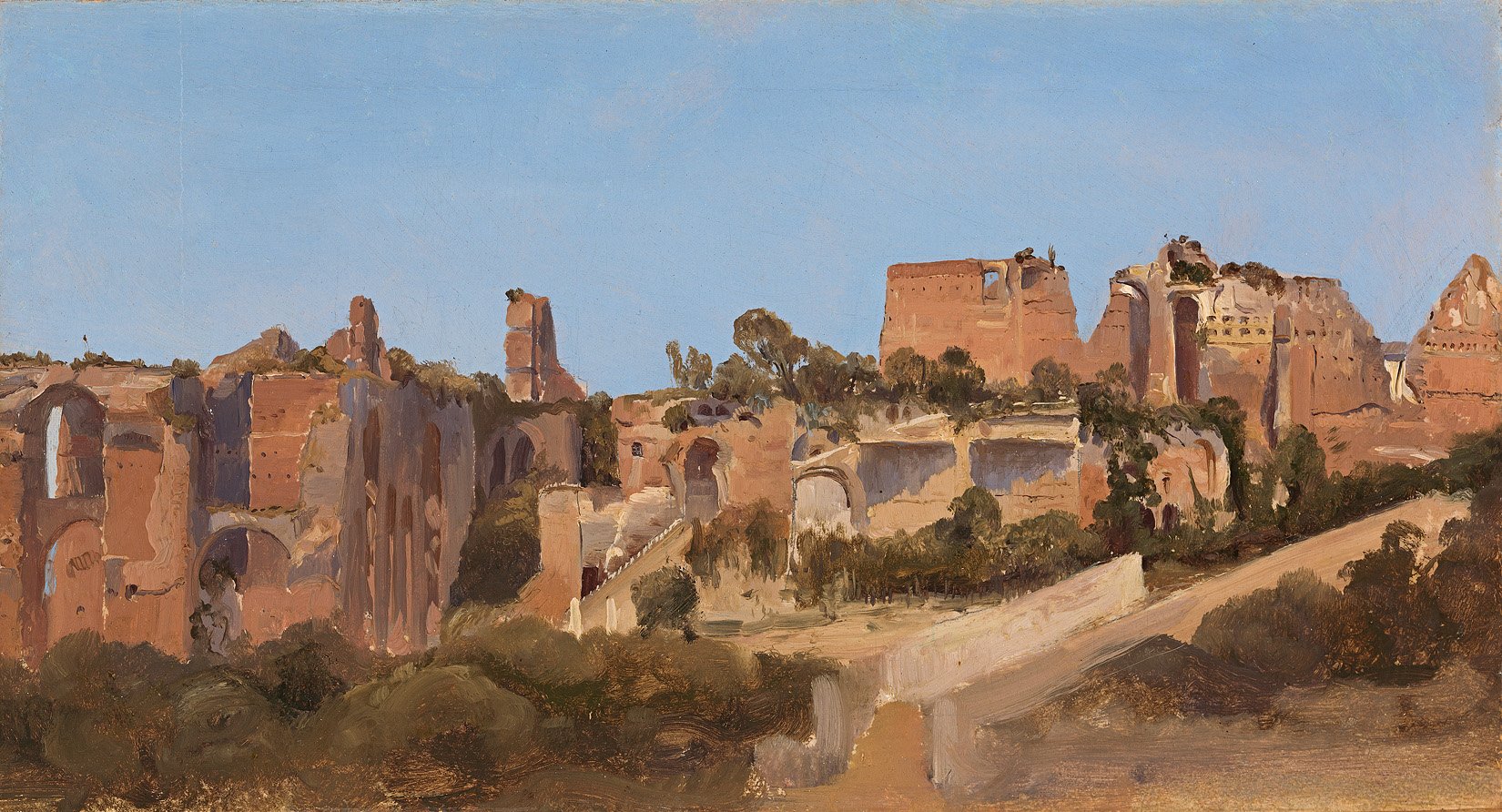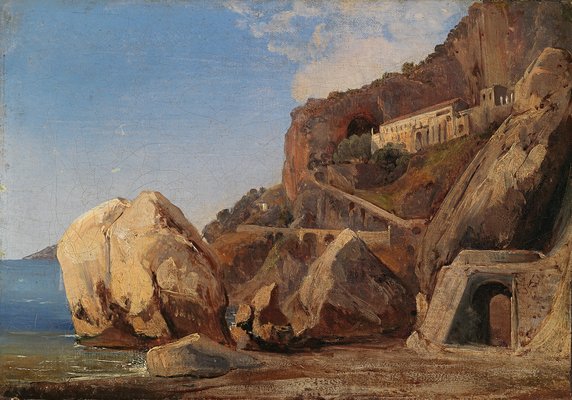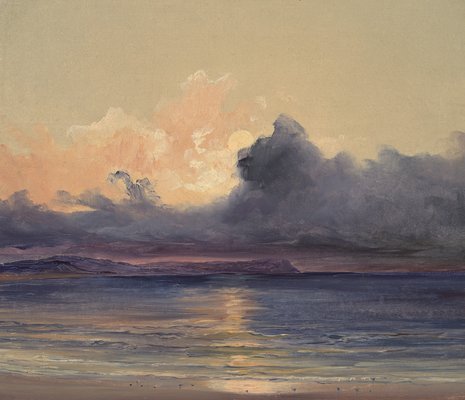Carl Blechen
The ruins of the Septizonium on the Palatine in Rome, 1829

Carl Blechen
The ruins of the Septizonium on the Palatine in Rome, 1829
Kunst Museum Winterthur, Stiftung Oskar Reinhart, Ankauf, 1950
Foto: SIK-ISEA, Zürich (Philipp Hitz)
In the fall of 1828, Carl Blechen fulfilled his desire to see Italy with his own eyes and, from Berlin, set out for the south. Far away from academic constraints, this Italian experience became a decisive turning point for the young painter, who had only embarked on his artistic career at the age of 24 after quitting his unloved job as a bank clerk.
Blechen was neither interested in classical Italy with its testimonies of antiquity and Renaissance masterpieces, nor did the classicism of the ideal and heroic landscape depictions of painters such as Claude Lorrain and Joseph Anton Koch inspire him. Rather, Italy became important for him as a place of confrontation with a new painting of a younger generation of artists, who sought to capture the fleeting and atmospheric nature of the landscape, its light and color appearance, spontaneously and precisely.
The intensity with which Blechen devoted himself to the new impressions is evident from the immense wealth of drawings and oil studies that he created during those thirteen months. They are simple landscape sections that the artist captured in loose, fluid brushstrokes and finely graded colors. The works show that Blechen was already seeing Italy through the eyes of a new generation. This is also the case with the oil study exhibited here, which was likely created directly in front of nature in bright midday light, depicting the imperial palace’s ruins on the Palatine in Rome.
In these studies Blechen achieved a decisive increase in artistic expression, which shaped the further course of his work. Whether painted «en plein air», i.e. outdoors, or subsequently worked out in the studio from drawings into small oil studies or large-scale compositions, he deliberately designed his landscapes to reflect the immediate novelty of a motif sketched in front of nature. This is also the case with the Sea Study and The Capuchin monastery near Amalfi shown here. With this new way of seeing and manner of painting, educated by reality, Blechen became a pioneer of plein-air painting in German art.




